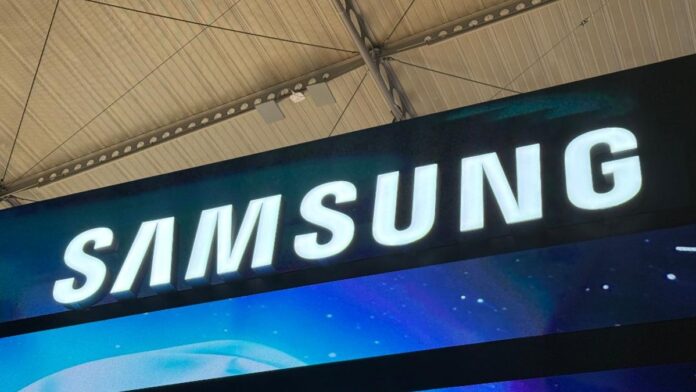Samsung noted that the agreement outlines four focus areas: 6G, AI for RAN, AI and RAN, and Large Telecom Model
In sum – what to know:
Samsung and SoftBank sign MoU – The pair will collaborate on 6G, AI-RAN, and Large Telecom Model (LTM) research to advance next-generation communications technologies.
Focus on AI-driven optimization – The partnership will explore how AI can enhance RAN orchestration, integrate network workloads, and improve user experience and efficiency.
6G momentum builds – The initiative aligns with the global 6G roadmap and highlights Japan and Korea’s growing role in shaping the next era of telecom innovation.
Samsung Electronics and SoftBank have signed a Memorandum of Understanding (MoU) to jointly research and develop next-generation communications technologies, including 6G and AI-based Radio Access Network (AI-RAN) innovations, the former said in a release.
The agreement outlines four focus areas: 6G, AI for RAN, AI and RAN, and Large Telecom Model (LTM). The two companies will select specific areas for joint development, combining Samsung’s advanced research capabilities with SoftBank’s network deployment expertise to identify new use cases and demonstrate real-world applications.
The Korean vendor noted that this collaboration comes as the industry intensifies its work toward 6G standardization, with early discussions exploring new frequency bands such as the 7GHz spectrum. Under the AI for RAN framework, Samsung and SoftBank aim to use artificial intelligence to enhance radio network performance and automation.
Meanwhile, AI and RAN orchestration technologies — designed to integrate AI workloads with traditional base station operations — are expected to deliver efficiency gains, improved network optimization, and better user experiences. Both companies are also evaluating how generative AI could be applied within telecommunications networks in the future.
“Through this collaboration with SoftBank, we aim to define meaningful use cases for both operators and end users, while securing key technologies for future commercialization,” said JinGuk Jeong, executive vice president and head of the Advanced Communications Research Center (ACRC) at Samsung Research.
Hideyuki Tsukuda, executive vice president and CTO at SoftBank, added: “By combining our advanced expertise, we will accelerate the realization of next-generation networks that evolve to become more efficient and highly reliable through AI-RAN.”
Korean carrier KT recently said it has started testing AI-RAN technology on its live 5G network, becoming the first operator in South Korea to do so.
In its initial deployment, KT is trialing two AI-driven features. The first is channel estimation, which applies machine learning to interpret complex radio wave patterns and reduce data loss. The second feature, multi-user MIMO, allows base stations to send data simultaneously to several users on the same frequency and time slot. Together, these functions are designed to deliver higher throughput, more stable connections, and faster speeds for end users.
AI-RAN is expected to play a central role in the evolution toward 6G mobile systems. By processing traffic data in real time between base stations and servers, the technology can fine-tune connections, cut latency, and boost capacity.

